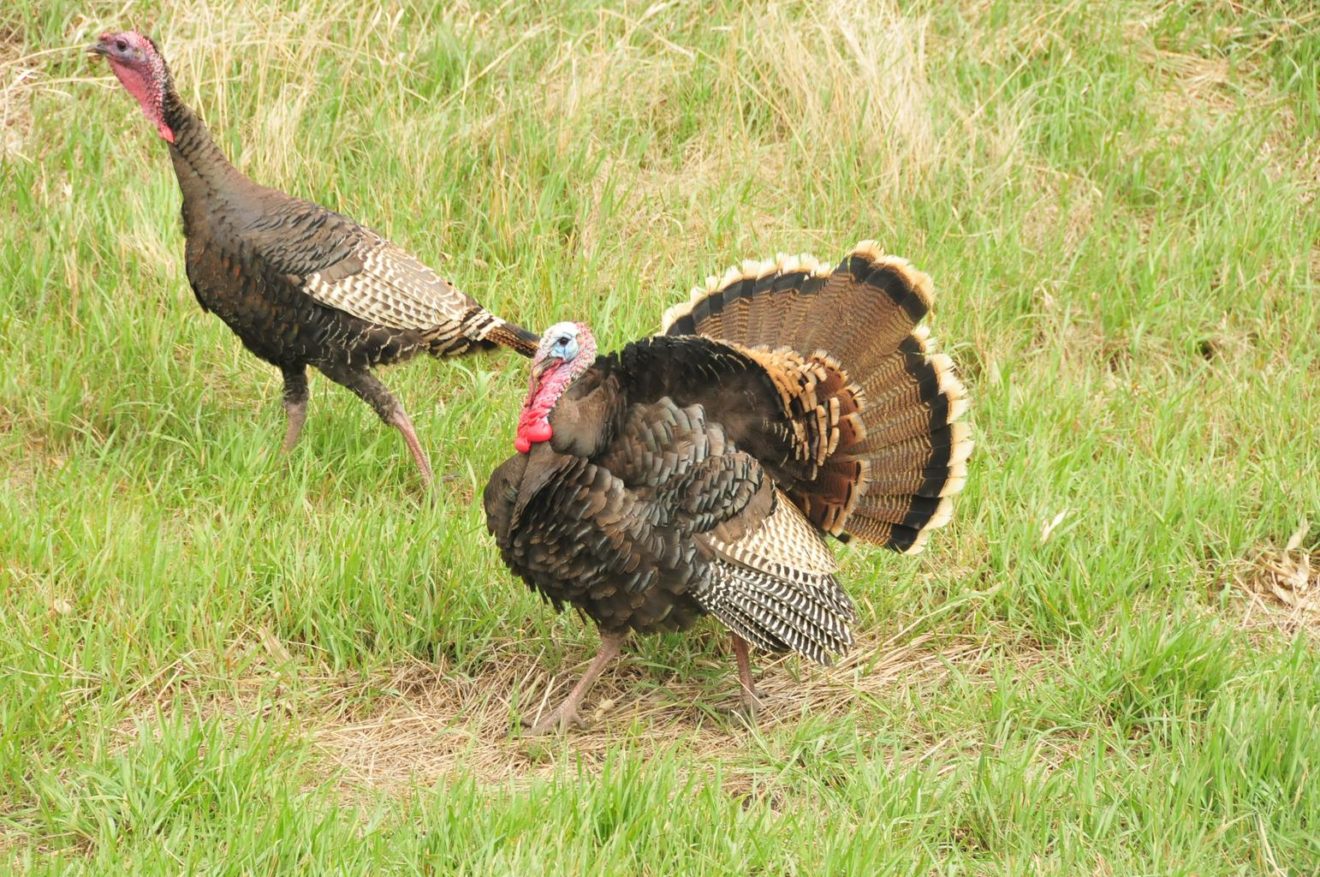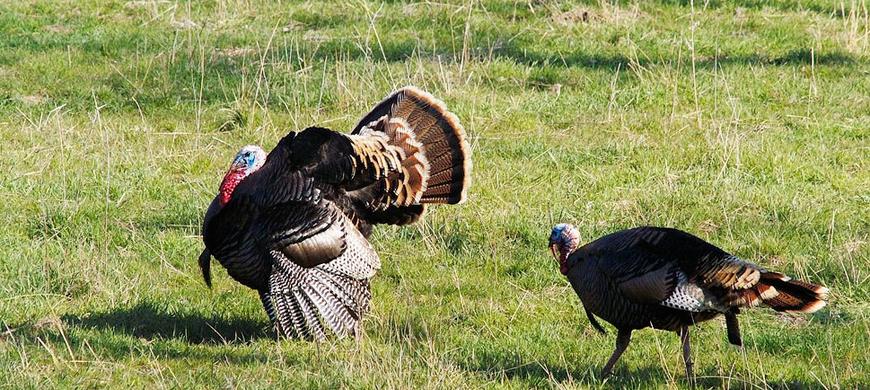Wild Turkey Populations are Declining Across the Midwest
Wild turkey populations are declining across the Midwest, and Kansas isn’t immune. Though the Sunflower State still boasts one of the strongest wild turkey populations in the region, statewide surveys suggest immediate action is needed if Kansas is to have any measurable impact on slowing the decline.
Leading the charge is Kent Fricke, small game coordinator for the Kansas Department of Wildlife, Parks, and Tourism (KDWPT). Fricke, who chairs the Department’s Wild Turkey Committee, has presented on the matter to the Kansas Wildlife, Parks and Tourism Commission since June 2019.
“Our primary concern is declining nest and brood survival rates, which are influenced by habitat availability and weather,” said Fricke. “In recent years, we’ve observed declines in both habitat quantity and quality, as well as significant weather events that have negatively impacted nesting and brood-rearing seasons. Collectively, these factors are likely contributing to turkey declines.”
Kansas Population Lowest on Record
While Fricke and others continue to examine potential causes behind the widespread decline, spring flooding is believed to be at the forefront for 2019, as Kansas’ estimated statewide turkey production was the lowest on record.
In an effort to give populations an adequate opportunity to recover from this year’s hard-hitting spring and reduce long-term declines, staff developed progressive recommendations for the 2020 spring and fall turkey seasons. Though not all staff recommendations were approved as presented, Commissioners approved the following at their Nov. 14 meeting in Scott City:
- Bag limits in Turkey Management Units 3, 5, and 6 (Northeast, Southcentral, and Southeast) will be reduced from two turkeys to one turkey beginning with the spring 2020 season; bag limits in Units 1 and 2 (Northwest and Northcentral) will remain at two turkeys. Hunters will still be able to purchase a permit, game tag, or combo; however, game tags (which allow the take of a second turkey) will not be valid in Units 3, 5, and 6.
An amendment to reduce the fall 2020 season to 41 days for all open Turkey Management Units. Currently, the fall season runs Oct. 1, 2019-Jan. 31, 2020; however, under the new regulation, the 2020 fall season will run Oct. 1-Nov. 10, 2020. Unit 4 remains closed to fall hunting.
Staff recommended suspending the fall season in Units 3, 5, and 6. However, Commissioners were hesitant to agree, for fear of losing fall turkey hunting opportunity indefinitely. An amendment to create a bearded-only fall hunting season was introduced by the Commission, but was unable to gain a majority vote. The fall season bag limit – one either sex permit valid statewide, except for Unit 4 – remains unchanged.
- Spring 2021 turkey season dates. Youth and hunters with disabilities – April 1-13, 2021; archery – April 5-13, 2021; and the regular season – April 14-May 31, 2021.
“The Wild Turkey Committee continues to refine and update our Adaptive Harvest Strategy, which provides a consistent and transparent method of developing staff recommendations for spring and fall season bag limits,” said Fricke. “Our goal is to maintain a robust turkey population that provides high hunter satisfaction.”
Fricke adds that landowners interested in improving turkey habitat on their property are encouraged to contact KDWPT biologists to develop strategies.


